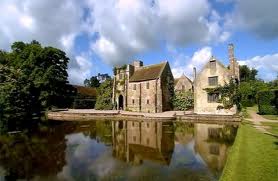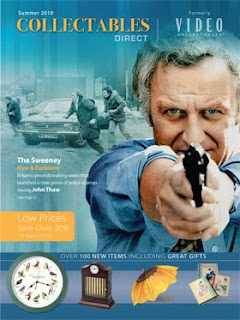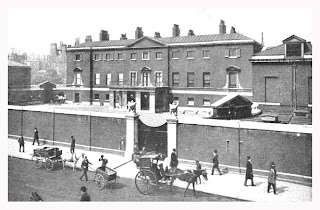 PBS and BBC will be offering what PBS is calling a “new production” of “Upstairs Downstairs” for debut in 2011 as part of the 40th anniversary season of “Masterpiece Theatre.” Winning seven Emmys, the 1970’s series was a landmark event that defined excellence in dramatic story telling on television. Dame Eileen Atkins (at right in a scene from Cranford), one of the creators of the orginal version, will star this time around, along with Jean Marsh, who will be reprising her role as Rose, the parlor maid/now housekeeper, in the new series. Marsh won an Emmy as best actress for her work in the original version. The new series will again be set in the house at 165 Eaton Place, this time in 1936 on the eve of World War II and will follow a different family, the Hollands, now living in the house. The house has been inherited by the wealthy Sir Hallam Holland, a young and well-connected diplomat, following the unexpected death of his Baronet father.
PBS and BBC will be offering what PBS is calling a “new production” of “Upstairs Downstairs” for debut in 2011 as part of the 40th anniversary season of “Masterpiece Theatre.” Winning seven Emmys, the 1970’s series was a landmark event that defined excellence in dramatic story telling on television. Dame Eileen Atkins (at right in a scene from Cranford), one of the creators of the orginal version, will star this time around, along with Jean Marsh, who will be reprising her role as Rose, the parlor maid/now housekeeper, in the new series. Marsh won an Emmy as best actress for her work in the original version. The new series will again be set in the house at 165 Eaton Place, this time in 1936 on the eve of World War II and will follow a different family, the Hollands, now living in the house. The house has been inherited by the wealthy Sir Hallam Holland, a young and well-connected diplomat, following the unexpected death of his Baronet father.
Holland is played by 35-year-old Ed Stoppard, the son of playwright Sir Tom, and takes up residence with his wife and his imposing mother Lady Maud, a free-thinking intellectual played by Dame Eileen who keeps a pet monkey called Solomon.
The series will see two new 90 minute scripts penned by writer Heidi Thomas (Cranford, Madame Bovary, Ballet Shoes). Actress Keeley Hawes will play Lady Agnes Holland and you can follow her blog here. Actress Claire Foy will appear as her temptress sister, Lady Persie.
Art Malik, Anne Reid, Ed Stoppard, Adrian Scarborough, Ellie Kendrick and Nico Mirallegro are also part of the cast. BBC is planning to screen the drama as early as autumn and it will be broadcast on Masterpiece in the US shortly after it makes its British debut. They hope to find similar success to the original, which was broadcast in more than 70 countries to an audience of more than a billion.
Writer Heidi Thomas, who also scripted the successful BBC’s drama Cranford, said: ‘The series will be shot through with sensuality. This is a drama very much about warm-blooded human beings. In a house like Eaton Place, there is a limit to what you can keep behind closed doors. The place is a pressure cooker and the tensions continue to rise and rise until they boil over. Whether the characters are upstairs or downstairs they are living in close proximity to each other and these are the dramas that will engage viewers.’
Oh, joy!
By the way, the setting for Upstairs, Downstairs, 165 Eaton Place, is in actuality the house standing at 65 Eaton Place (above). For the new series, a full-scale replica of Eaton Place has been built at studios in Cardiff, where filming began in August.


















